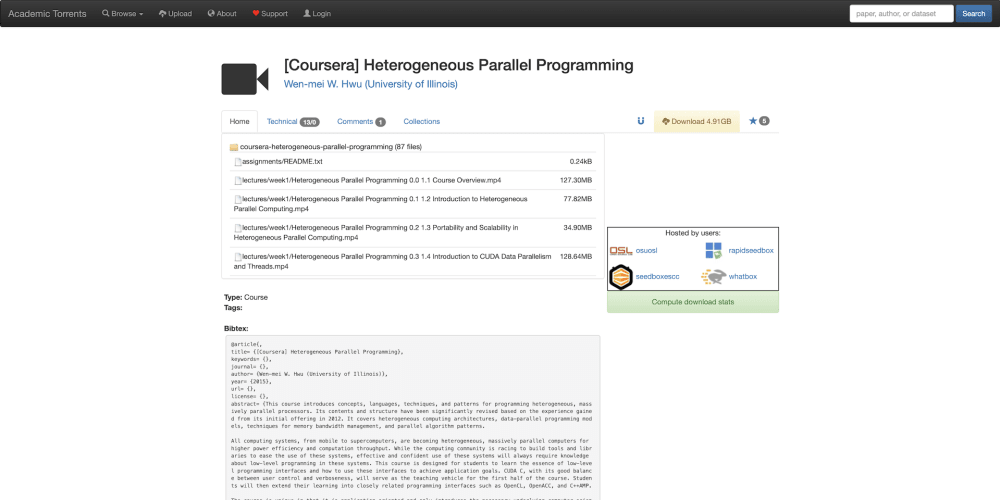<!DOCTYPE html>
JavaScript Engines: The Brains Behind Your Code
<br> body {<br> font-family: sans-serif;<br> margin: 20px;<br> }</p> <div class="highlight"><pre class="highlight plaintext"><code> h1, h2, h3 { margin-top: 30px; } code { font-family: monospace; background-color: #f2f2f2; padding: 5px; border-radius: 3px; } img { max-width: 100%; display: block; margin: 20px auto; } .code-block { background-color: #f2f2f2; padding: 10px; border-radius: 5px; } .code-block pre { margin: 0; } .table-container { overflow-x: auto; } table { width: 100%; border-collapse: collapse; margin-bottom: 20px; } th, td { padding: 8px; text-align: left; border-bottom: 1px solid #ddd; } th { background-color: #f2f2f2; } </code></pre></div> <p>
JavaScript Engines: The Brains Behind Your Code
When you write JavaScript code and run it in your browser, a hidden powerhouse silently translates your instructions into actions: the JavaScript engine. This crucial component takes your code, interprets it, and executes it, making the magic of interactive web pages and dynamic applications possible.
In this article, we'll dive deep into the world of JavaScript engines, exploring:
- What JavaScript engines are and why they matter.
- The key stages of JavaScript execution.
- The anatomy of a JavaScript engine.
- Popular JavaScript engines like V8 and SpiderMonkey.
- The impact of JavaScript engines on web performance.
What is a JavaScript Engine?
Imagine a JavaScript engine as a translator who understands your JavaScript code and can tell the computer how to execute it. It's the software that takes the instructions you write in JavaScript and converts them into a format that the computer can understand and run.
The role of a JavaScript engine is multifaceted. It:
- Parses your code: It analyzes your JavaScript code, breaking it down into meaningful components (tokens, keywords, operators) to understand its structure and meaning.
- Compiles your code: It transforms your human-readable JavaScript code into machine code, the language that the computer's processor can directly understand and execute.
- Optimizes your code: It can apply various techniques to make your code run faster and more efficiently, such as using just-in-time (JIT) compilation, code caching, and other optimization strategies.
- Executes your code: Finally, it executes the compiled machine code, making your website or application come to life.

The Importance of JavaScript Engines
JavaScript engines play a crucial role in the modern web. They are the backbone of dynamic and interactive web experiences. Here are some key reasons why they are so important:
- User Experience: JavaScript engines power the responsiveness and interactivity of web pages, making websites more engaging and user-friendly.
- Web Development: They enable developers to create complex applications, games, and animations using JavaScript.
- Performance: JavaScript engines optimize code execution, leading to faster loading times and smoother performance for users.
- Evolution of the Web: Constant advancements in JavaScript engines drive the evolution of web technologies and capabilities, pushing the boundaries of what's possible on the web.
Key Stages of JavaScript Execution
The process of JavaScript execution involves several key steps, each handled by different parts of the JavaScript engine.
Lexical Environment
Lexical Environment
This stage involves creating the lexical environment for the JavaScript code. This involves identifying variables, functions, and other declarations within the code, establishing their scope, and creating a map of these elements.
function greet(name) {
let message = `Hello, ${name}!`;
console.log(message);
}
greet('World');
In this example, the lexical environment includes the function
greet
, its parameter
name
, and the variable
message
.
Parsing
The parsing stage is where the engine analyzes the structure of the JavaScript code. It turns the raw code into an Abstract Syntax Tree (AST).
The AST is a hierarchical representation of the code's structure, with nodes representing each element (variables, functions, expressions, statements) and edges representing their relationships.
Compilation
The compiler takes the AST and transforms it into machine code, the instructions that the computer can directly understand. This involves several steps, such as:
- **Bytecode Generation:** The AST is converted into an intermediate representation called bytecode, which is a more compact and optimized form than the original source code.
- **Machine Code Generation:** The bytecode is further transformed into machine code, tailored to the specific architecture of the computer's processor.
Optimization
Modern JavaScript engines utilize various optimization techniques to enhance the performance of your code. Some common optimization strategies include:
- **Just-in-Time (JIT) Compilation:** The engine analyzes the code's execution patterns and compiles frequently used parts of the code into native machine code for faster execution.
- **Inline Caching:** The engine stores the results of frequently executed operations, reducing the need for repeated calculations.
- **Dead Code Elimination:** It identifies and removes parts of the code that are never executed, reducing the size and complexity of the code.
Execution
Finally, the compiled and optimized machine code is executed by the processor, resulting in the actual actions that your JavaScript code defines, such as displaying content, handling user interactions, and performing calculations.
Anatomy of a JavaScript Engine
JavaScript engines are complex systems with different components working together to achieve efficient execution. Here's a simplified breakdown of the main parts:
- **Parser:** This component analyzes the source code and constructs the AST. It breaks down the code into its individual components and establishes their relationships.
- **Compiler:** The compiler transforms the AST into machine code. It can involve several sub-components, such as a bytecode generator and a machine code generator.
- **Optimizer:** This part of the engine applies optimization techniques to improve the performance of the generated code. It can use strategies like JIT compilation, inline caching, and dead code elimination.
- **Memory Manager:** This component manages the allocation and deallocation of memory for variables, objects, and other data used during code execution.
- **Runtime:** The runtime provides the environment where the machine code is executed. It includes features like garbage collection, exception handling, and the built-in JavaScript objects and functions.
Popular JavaScript Engines
Several major JavaScript engines power different web browsers and runtime environments. Here are some notable examples:
V8 (Chrome, Node.js)
V8, developed by Google, is the engine behind Chrome and Chromium-based browsers, as well as the Node.js runtime. It's known for its high performance and sophisticated optimization techniques. V8 uses a just-in-time (JIT) compiler that dynamically optimizes code during execution.
SpiderMonkey (Firefox)
SpiderMonkey is the engine that powers Mozilla Firefox. It's one of the oldest JavaScript engines, with a long history of innovation and performance enhancements.
JavaScriptCore (Safari)
JavaScriptCore, also known as Nitro, is the engine behind Safari on Apple devices. It's known for its focus on performance and efficiency, especially on mobile devices.
ChakraCore (Edge)
ChakraCore, developed by Microsoft, is the engine behind the Microsoft Edge browser. It focuses on performance and efficient memory management.
| Engine | Browser/Platform | Notable Features |
|---|---|---|
| V8 | Chrome, Chromium-based browsers, Node.js | High performance, JIT compilation, optimization strategies |
| SpiderMonkey | Firefox | Long history, innovation, performance enhancements |
| JavaScriptCore | Safari | Performance, efficiency, mobile optimization |
| ChakraCore | Edge | Performance, efficient memory management |
Impact of JavaScript Engines on Web Performance
The choice of JavaScript engine and its optimization strategies can significantly impact the performance of your web application. Here are some ways engines influence web performance:
- **Faster Page Load Times:** Optimized engines reduce the time it takes for your code to execute, leading to quicker page loading and a smoother user experience.
- **Improved User Interactions:** More responsive engines translate into smoother animations, transitions, and user interactions, enhancing the overall user experience.
- **Reduced Memory Consumption:** Efficient memory management techniques can help reduce the memory footprint of your application, improving the responsiveness of the browser and overall system performance.
- **Lower Power Consumption:** Optimization can lead to reduced power consumption on mobile devices, extending battery life for users.
Conclusion
JavaScript engines are the unsung heroes of the web, silently working behind the scenes to bring our JavaScript code to life. They are essential for interactive and dynamic web experiences, driving innovation and pushing the boundaries of what's possible online.
Understanding how JavaScript engines work and the optimization techniques they employ can help developers write more performant and efficient code. By choosing the right engine and using best practices, you can contribute to a smoother, more enjoyable experience for your users.
The evolution of JavaScript engines continues, with constant advancements in performance, optimization, and new features. As web development continues to advance, the role of JavaScript engines will only grow more crucial.



















